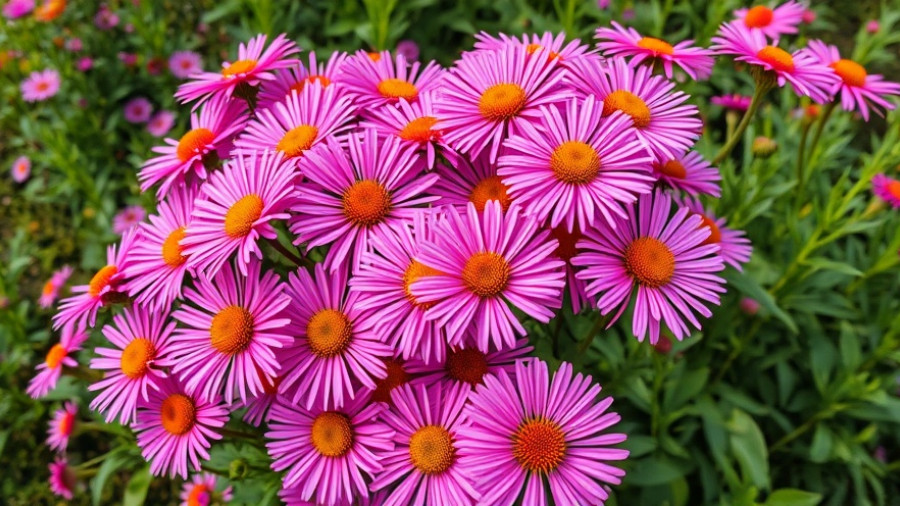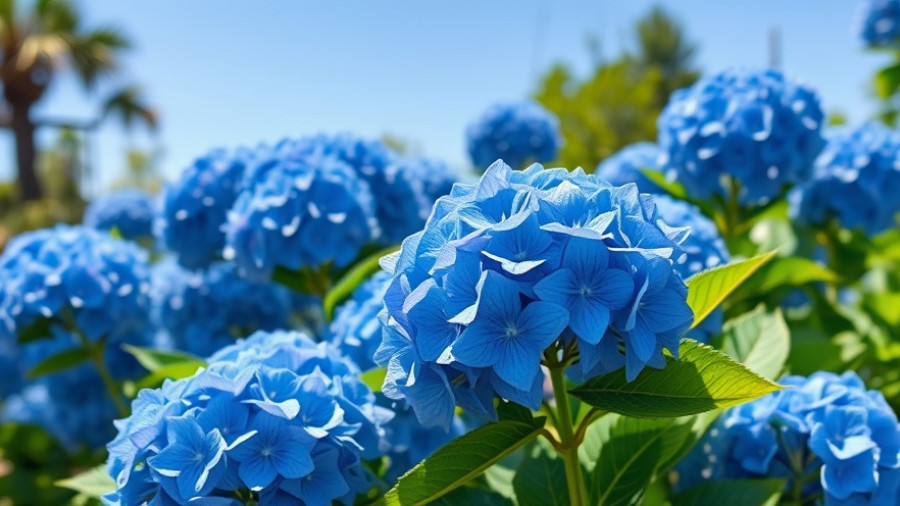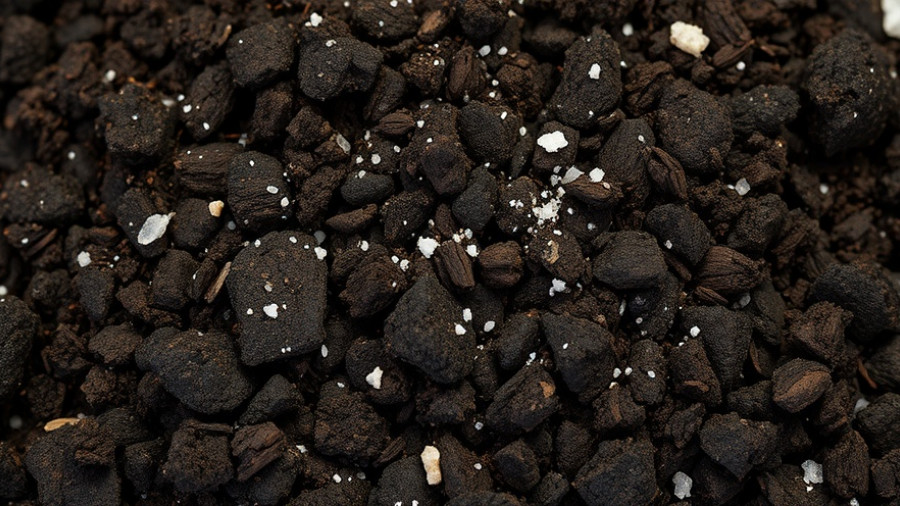
Transform Your Garden with 'October Skies' Asters
As summer fades and fall approaches, the push to enhance our gardens often hinges on selecting the right plants that not only stand out for their beauty but also support local ecosystems. Enter the 'October Skies' aster—a late-season gem that provides both a stunning aesthetic and crucial resources for pollinators. With sky-blue blooms that last from August into October, this aromatic aster cultivates a vibrant backdrop for your outdoor spaces while enriching the natural surroundings.
The Beauty and Benefits of 'October Skies' Asters
Asters, particularly the 'October Skies' variety, are one of the stars of the fall garden, showcasing rich violet-blue flowers that emanate a joyful burst of color when other perennials are winding down. These blooms are more than just eye candy; they are highly sought after by butterflies, bees, and other beneficial insects that need sustenance before the winter months.
The ‘October Skies’ aster stands between 1-2 feet tall and can spread up to 3 feet wide, making it a versatile choice for garden borders or mixed perennial beds. Its durability is undeniable; it thrives in hardiness zones 3-8 and requires minimal maintenance, which is perfect for both seasoned gardeners and those new to outdoor landscaping.
Why Choose 'October Skies' Asters for Pollinator Gardens
Recent studies, including one from North Dakota State University, highlight the 'October Skies' aster as a top choice among native perennials for attracting hoverflies and native bees. Hoverflies are more than just pretty faces; they act as natural predators of pests, making the presence of these pollinators crucial for a healthy garden. By choosing to plant these asters, gardeners are not only beautifying their landscapes but are also contributing positively to their local environment.
Practical Insights for Planting and Caring for Your Asters
When adding 'October Skies' asters to your garden, consider optimal conditions for planting: full sun or partial shade is ideal, and they prefer well-drained soil. Here are some practical planting tips:
- Soil Preparation: Ensure the soil has good drainage. Average soil quality is sufficient, but if you’re looking to boost growth, consider a slow-release fertilizer in early spring.
- Spacing: Give your asters room to grow by spacing them at least two feet apart. This promotes better air circulation and minimizes competition for nutrients.
- Maintenance: 'October Skies' requires little as they mature. Deadhead spent flowers to encourage prolonged blooming, and cut back the plants after the flowering season to prepare them for the next growth cycle.
Adding Asters to Your Landscape Design
For those embarking on backyard makeover ideas or seeking inspiration for garden planning, 'October Skies' asters can be a versatile addition. Their contrasting colors can beautifully complement other fall-blooming perennials such as rudbeckia and echinacea or even ornamental grasses. They also thrive in container gardening, allowing even those with limited space to enjoy their delicate beauty.
Consider using 'October Skies' in the following design setups:
- A long border alongside your house to create a striking fall entrance.
- As a filler plant among shrubs to enhance the layered look of your flower beds.
- In mass plantings that provide a vibrant splash of color in larger garden spaces.
Embrace the Seasonal Transition with 'October Skies'
As the seasons change, so does the opportunity to create a thriving outdoor haven. By incorporating 'October Skies' asters into your garden, you not only add to the aesthetics of your backyard but also invite fluttering butterflies and buzzing bees to thrive along with you. This fall, let these enchanting flowers take center stage.
If you’re planning a garden filled with color and ecological value, consider making 'October Skies' the highlight. Their low-maintenance attributes make them perfect for busy homeowners looking to enhance their outdoor living space without extensive upkeep. Ready to create your vibrant garden this fall? Start planning today by selecting the best asters for your space.
 Add Row
Add Row  Add
Add 




Write A Comment